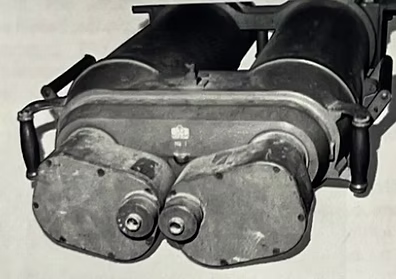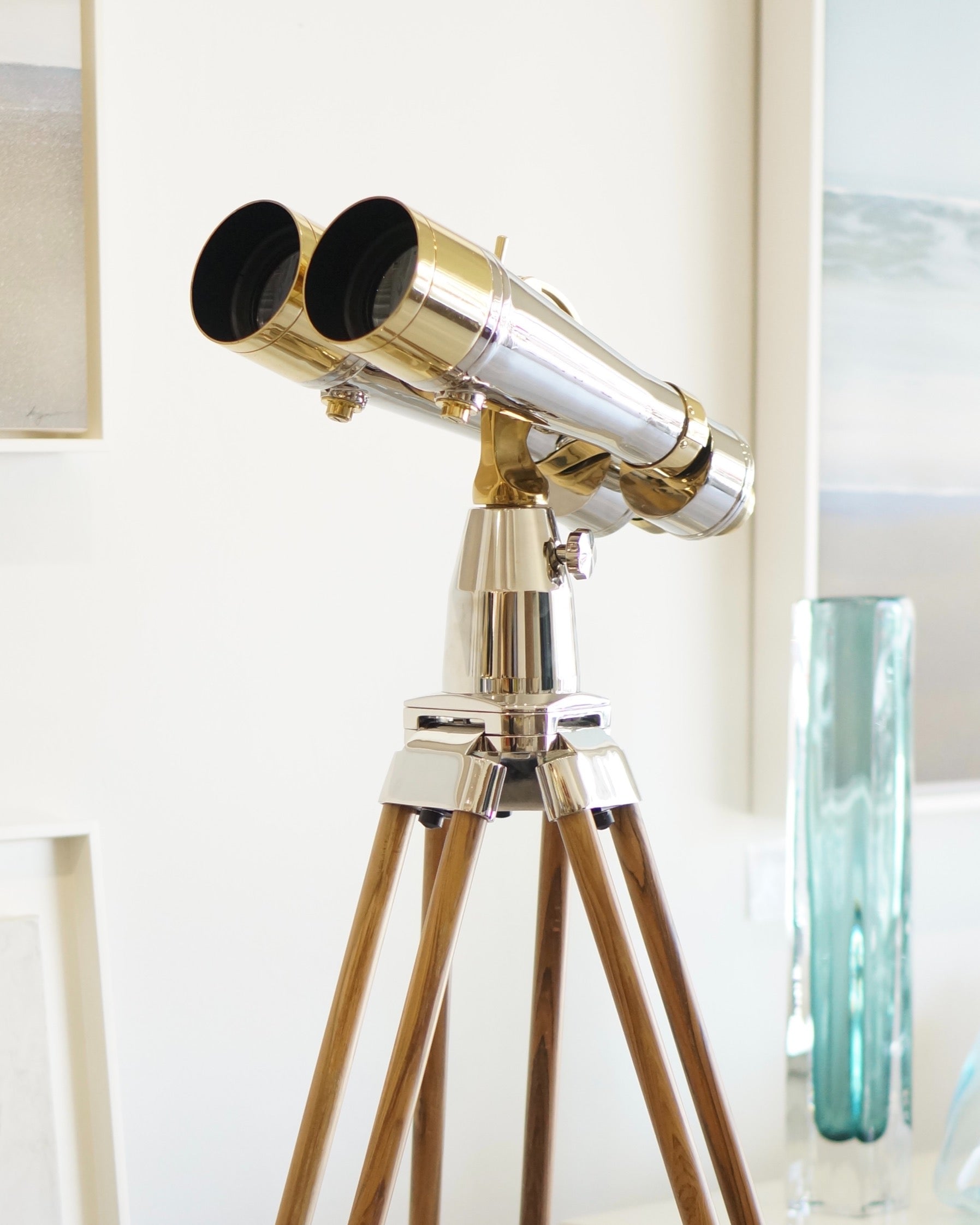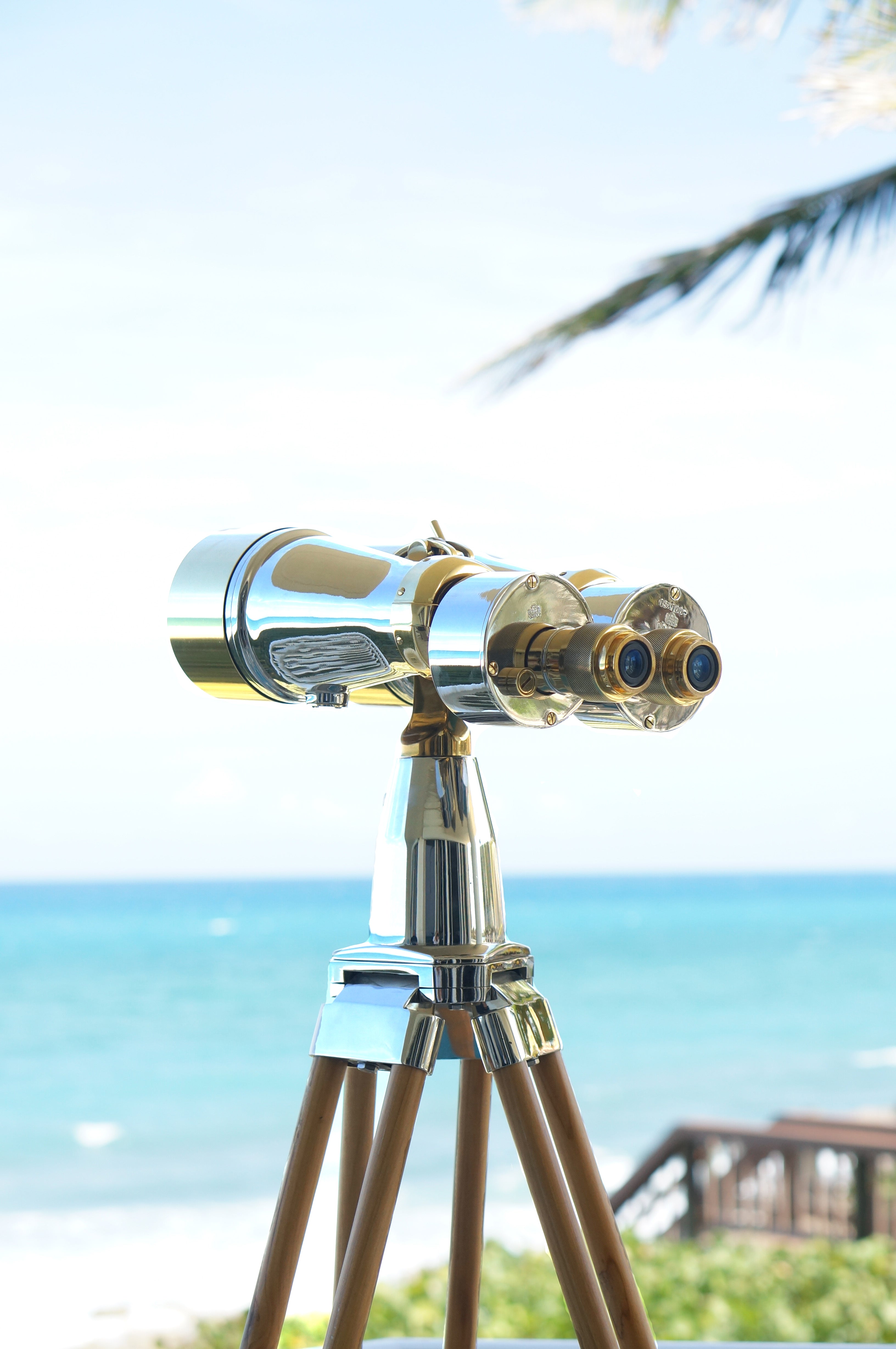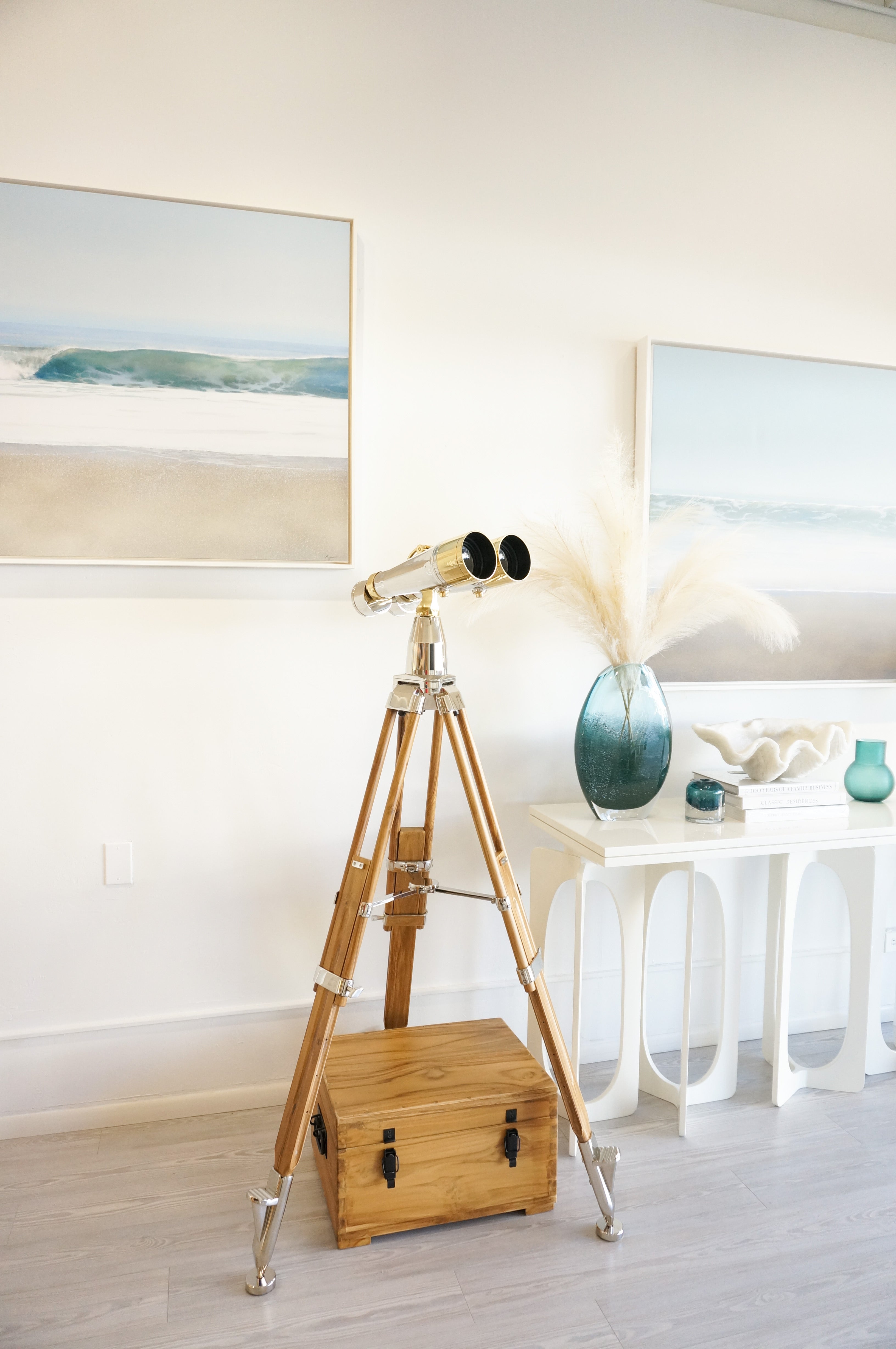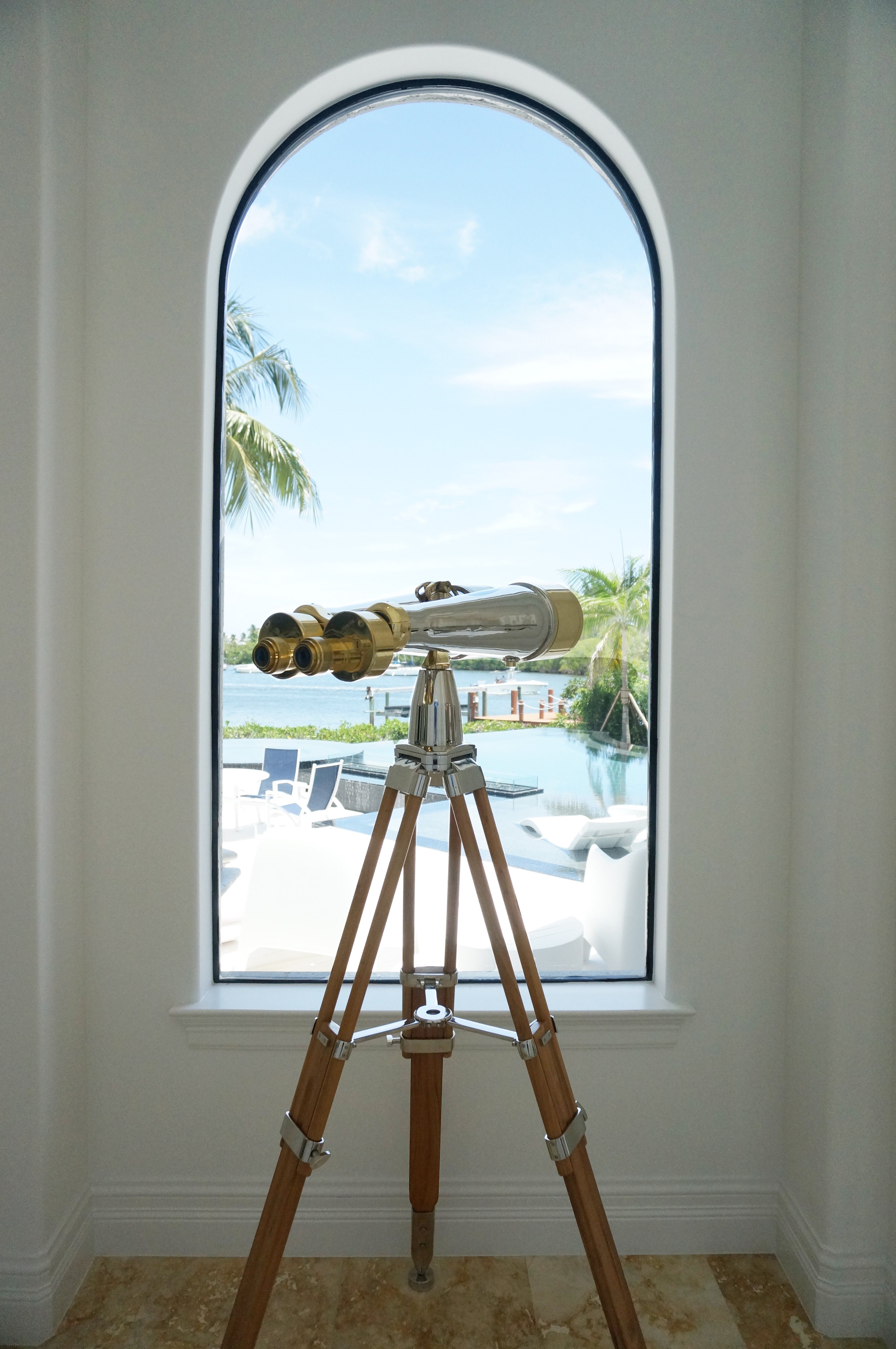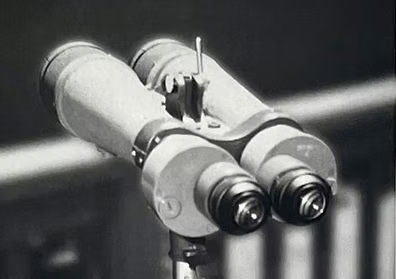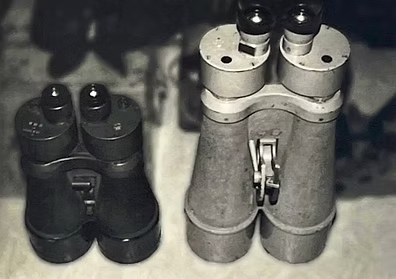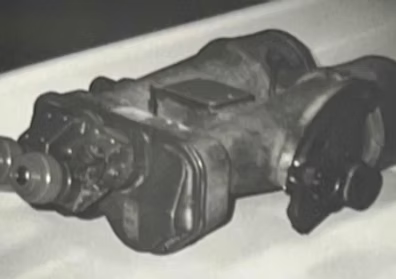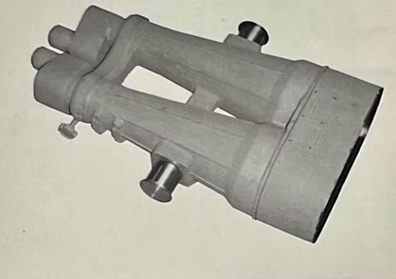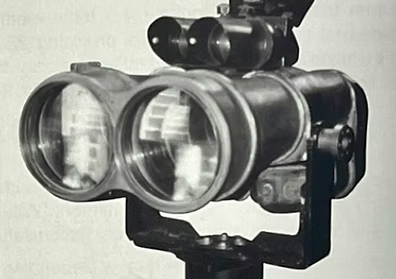Japanese WWII & Military Binoculars
Prior to and in the midst of the second world war, the Japanese produced a vast amount of large aperture binoculars. As a nation, roughly 200,000 pounds of the finest optical glass was purchased from Germany's Schott Glass Works during the span of 1939-1944. Led by the globe's two most established optical companies, Nikko and Toko, Japan cemented themselves as history's most eminent manufacturer of high quality optical instruments. Their method of assembly included rigid and durable one-piece body castings, along with exceptional internal light baffling, prism mounting systems and housings. However, experts consider the classic five-element Erfle eyepiece design utilized in the majority of large Japanese binoculars as a soft spot in an otherwise superior optical system. This consideration is due to the fact that eye relief is low, making it very difficult to use with eyeglasses. The field and color corrections are more than sufficient, but as previously mentioned, the eye relief was inferior compared to some of the German optical equipment from the era. The vast majority of large aperture binoculars that the United States military constructed during this period were essentially copied derivatives of seized Japanese equipment.
Models
-
Japanese 7.5 x 60 mm - 45 Degree Incline
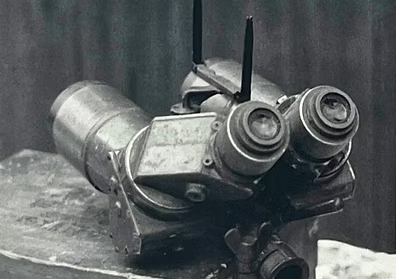
-
Japanese 10 x 60 mm - 60 Degree Incline
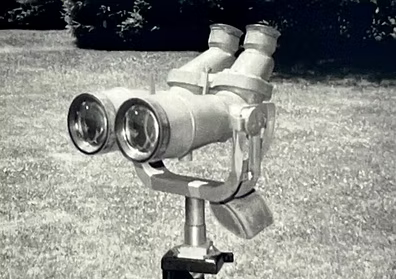
-
Yashima 15 x 80 mm - 45 Degree Incline

-
Nikko 15 x 80 mm - 60 Degree Incline
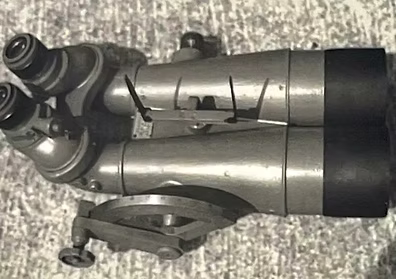
-
Japanese 20 x 100 mm
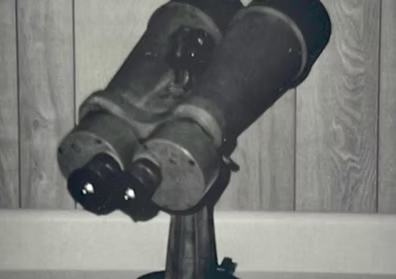
-
Japanese 15 x 105 mm - 60 Degree Incline
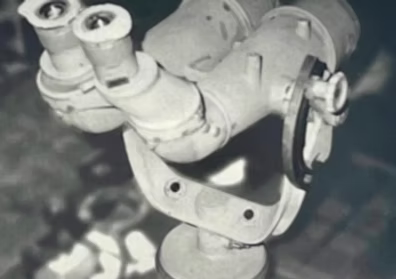
-
Nikko 20 x 120 mm
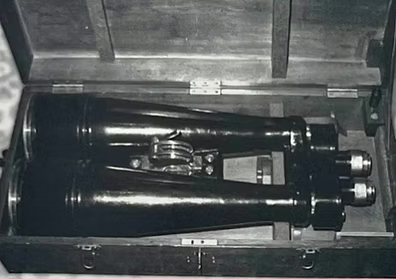
-
Japanese 20 x 120 mm WWII Submarine
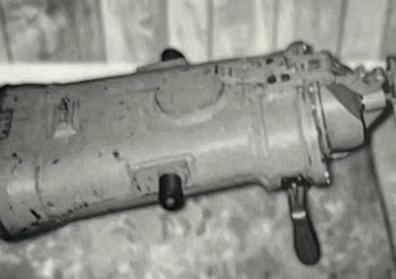
-
Toko 15 x 120 mm - 45 Degree Incline
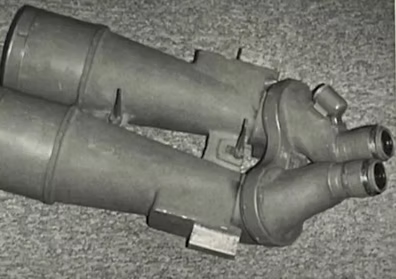
-
Nikko 20 x 120 mm - 45 Degree Incline
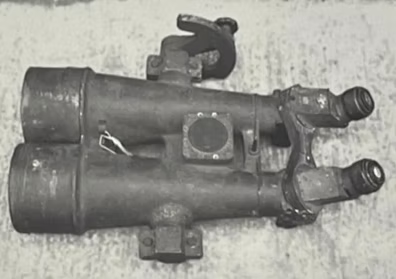
-
Nikko 25 x 150 mm
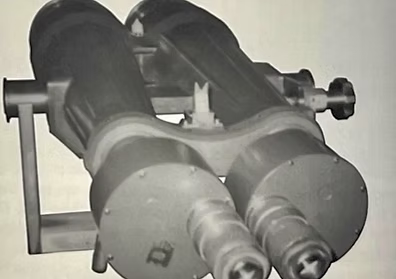
-
Japanese 22.5±50 x 180 mm
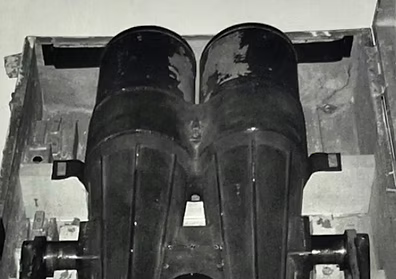
-
Nikko 50 + 83 x 250 mm Turret Binoculars
